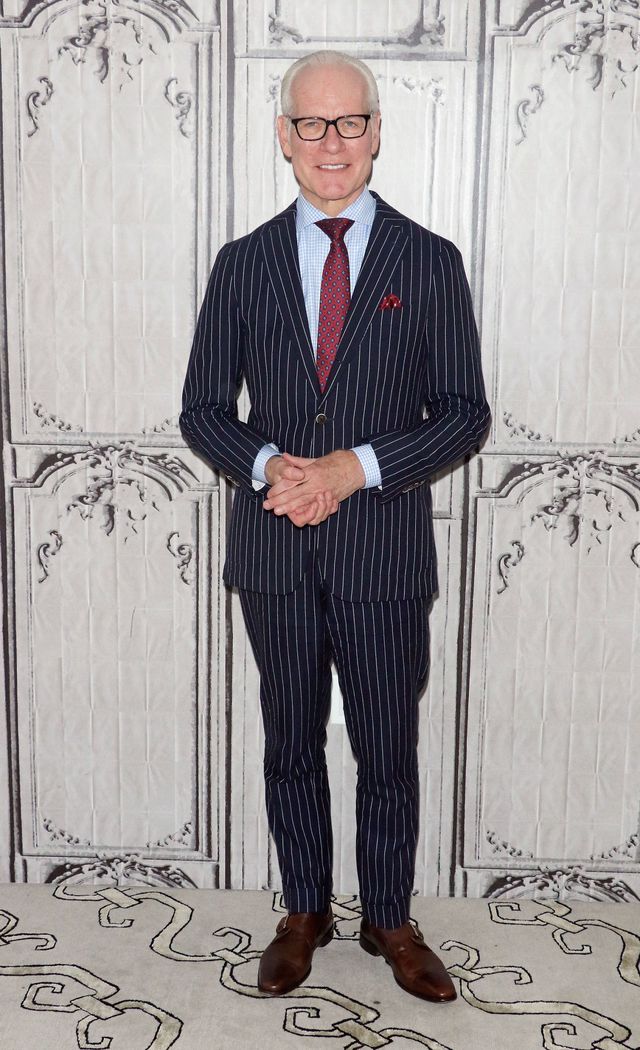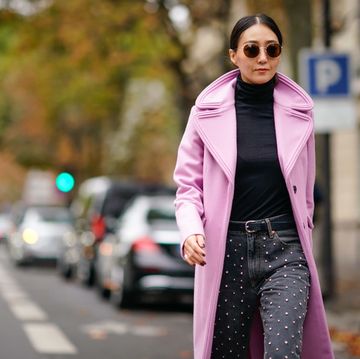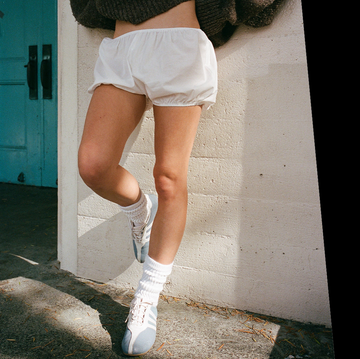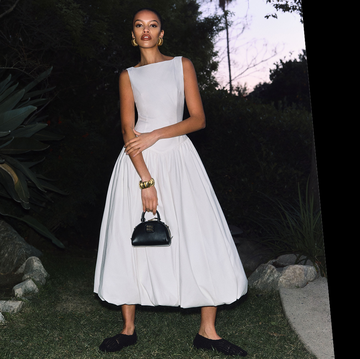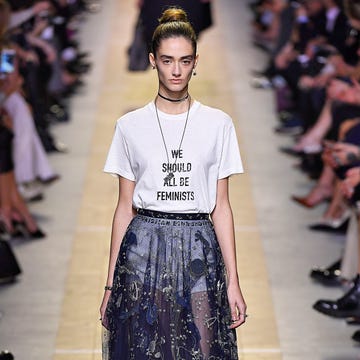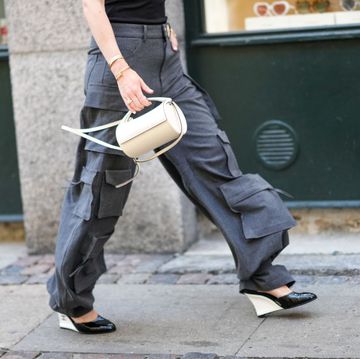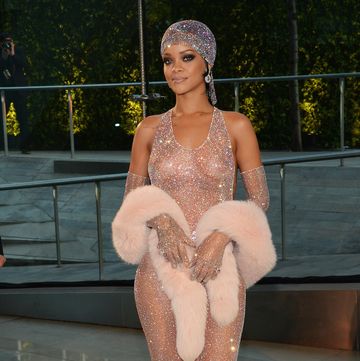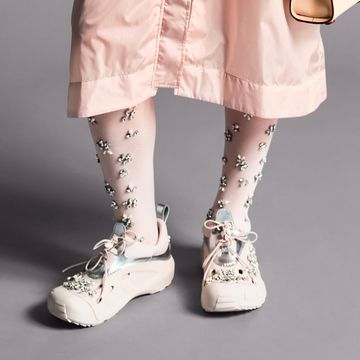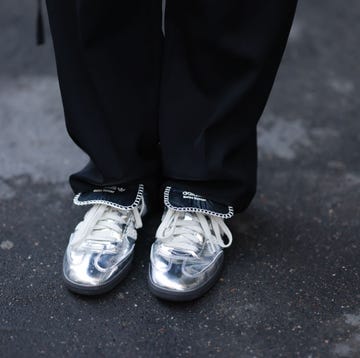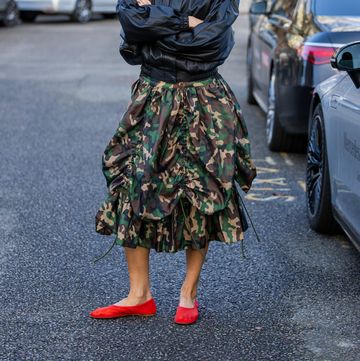Tim Gunn, the longtime co-host of Project Runway, has been a fashion insider for decades. But on Thursday, he dragged the entire industry — designers, brands, and even the very television show on which he stars — for effectively betraying the American woman by not making better clothing for the plus-size consumer.
Gunn did not hold back in his criticism in the essay he penned for the Washington Post, calling designers' refusal to dress plus-size women a "disgrace." While the average American woman wears between a size 16 or 18, she suffers from a dearth of choice — and for Gunn, that's entirely the designers' fault. "But many designers — dripping with disdain, lacking imagination or simply too cowardly to take a risk — still refuse to make clothes for them," he wrote.
I've spoken to many designers and merchandisers about this. The overwhelming response is, "I'm not interested in her." Why? "I don't want her wearing my clothes." Why? "She won't look the way that I want her to look." They say the plus-size woman is complicated, different and difficult, that no two size 16s are alike.
When the plus-size consumer goes shopping, she finds that the clothes don't come in her size at all, the retailer doesn't carry enough merchandise that fits her, or the clothes are simply ill-fitting and badly designed. "Have you shopped retail for size 14-plus clothing? Based on my experience shopping with plus-size women, it's a horribly insulting and demoralizing experience."
Gunn does not spare Project Runway either, calling Ashley Nell Tipton's season-winning plus-size collection "condescending." Not just that, but "I've never seen such hideous clothes in my life ... I wouldn't dream of letting any woman, whether she's a size 6 or a 16, wear them. Simply making a nod toward inclusiveness is not enough."
To the extent that fashion allows us a means to express our identities, clothes matter, and a group 100-million people strong should not be ignored. Gunn offered his expertise in the essay, suggesting how designers and retailers can change to address the needs of a consumer base with billions of dollars in spending power. "There's an art to doing this," he wrote. "Designers, make it work."
The whole essay is worth a read, and you can do that here.
